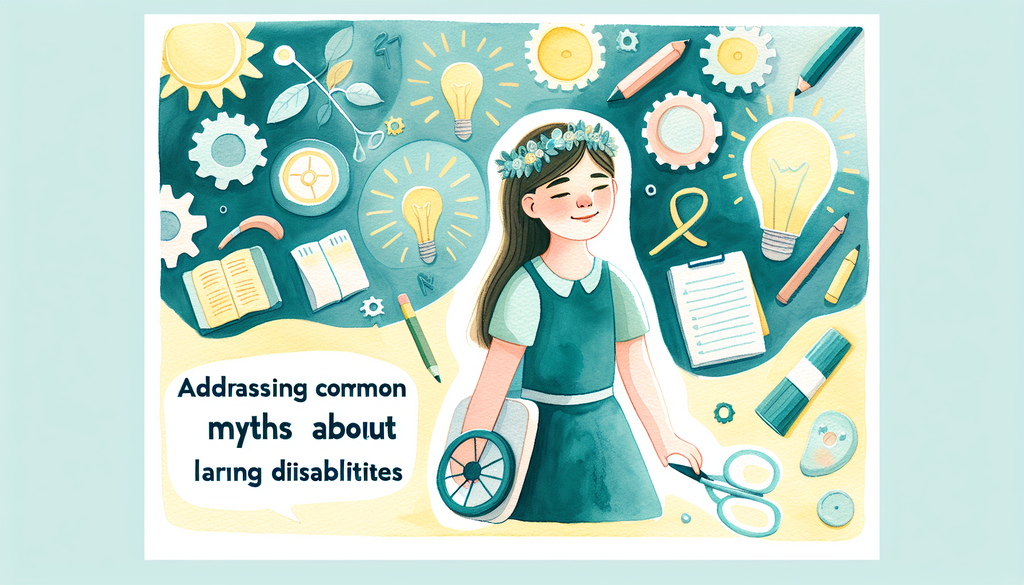Addressing Common Myths About Learning Disabilities

Learning disabilities can evoke many myths, misconceptions, and general misunderstanding. This harmful untruths that circulate can perpetuate stigma and hinder a child’s progress and wellbeing. So, let’s set the record straight, dispelling those myths and instilling in you, the parents and caregivers, an informed and clear understanding.
Myth 1: Learning Disabilities are a sign of low intelligence
Truth: This is perhaps the most damaging of all myths. Learning disabilities are not synonymous with low intelligence. They’re instead neurological disorders that affect the brain’s ability to receive, process, store, and respond to information.
Children with learning disabilities often have average to above-average intelligence but have difficulties demonstrating their knowledge in conventional ways. Even children identified as twice-exceptional, meaning gifted and learning disabled, exist. They might excel in certain areas while struggling in others.
Myth 2: Learning disabilities can be outgrown
Truth: Learning disabilities are a lifelong challenge. While symptoms may change over time, these are not phases children grow out of. With the right support and strategies, children can learn to lead successful and fulfilling lives despite their disabilities. It’s about learning to manage and adapt rather than trying to ‘cure’ the disability.
Myth 3: Children with learning disabilities are lazy
Truth: Learning disabilities can make traditional learning methods challenging. Different doesn’t mean lazy or uninterested. Rather, these children may need alternative teaching strategies that align with their unique style of learning.
In reality, many of these children work harder than their peers to keep pace, putting more energy into their learning process. Praise their effort, and maintain high but attainable expectations.
Myth 4: All children with learning disabilities are the same
Truth: Not all learning disabilities are created equal. They vary considerably in their characteristics and severity. While one child might struggle with reading and spelling (Dyslexia), another might face challenges with mathematical problems (Dyscalculia). Each child’s experience with a learning disability is unique and should be approached as such with personalized strategies.
Myth 5: More schoolwork can ‘fix’ learning disabilities
Truth: More is not necessarily better. Children with learning disabilities need effective learning strategies tailored to their individual needs, not more of the same work. Successful strategies might involve multisensory instruction, behavior management plans, or organizational aids, all of which you can learn more about here.
Conclusion
Our job as parents, caregivers, and educators is to stay informed so we can support our children effectively. The journey can be challenging, but with understanding, empathy, and the right strategies, we can help our children to thrive regardless of any learning disabilities they may have.
For more information about supporting children with learning disabilities, check out our other posts on therapeutic approaches, behavioral strategies, and parenting tips.